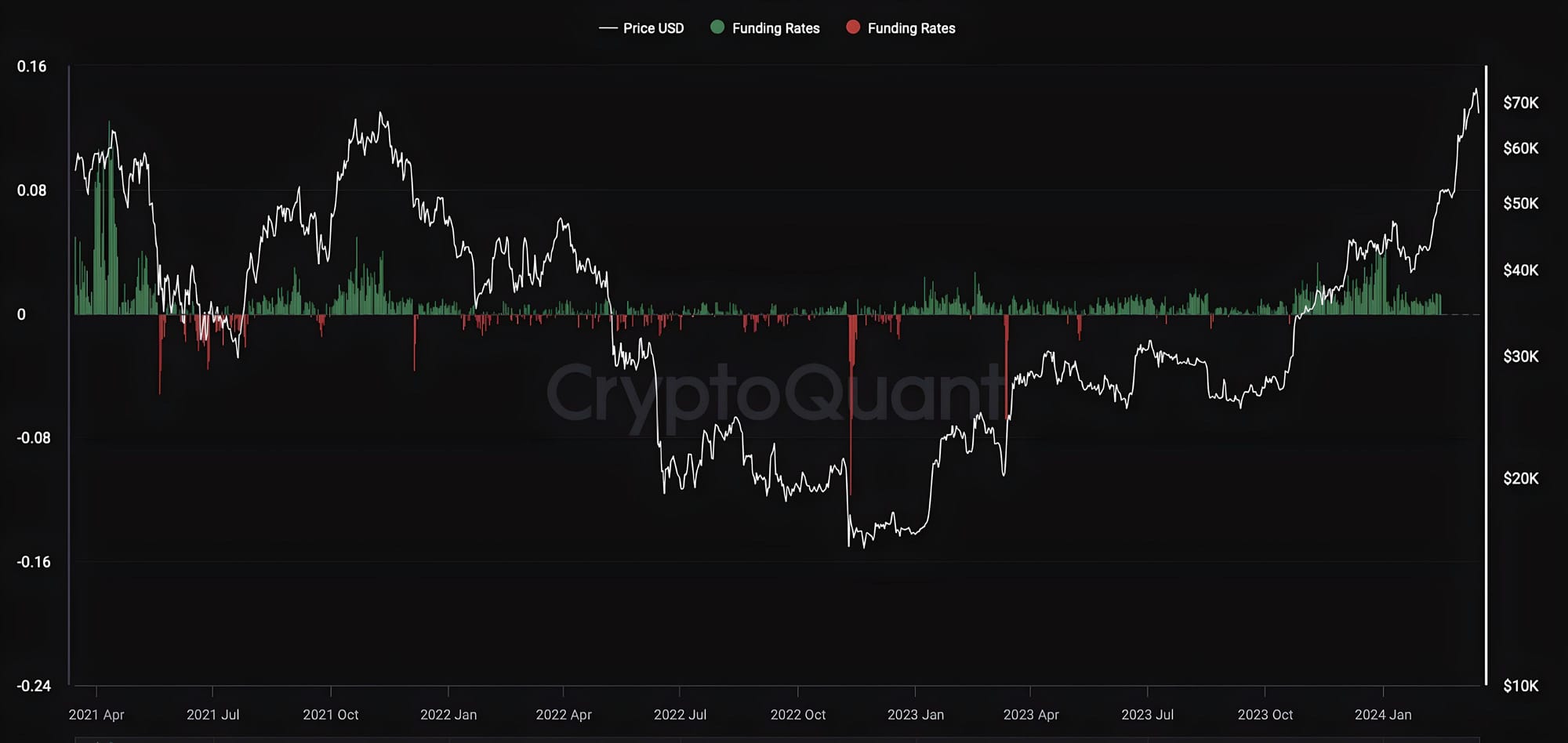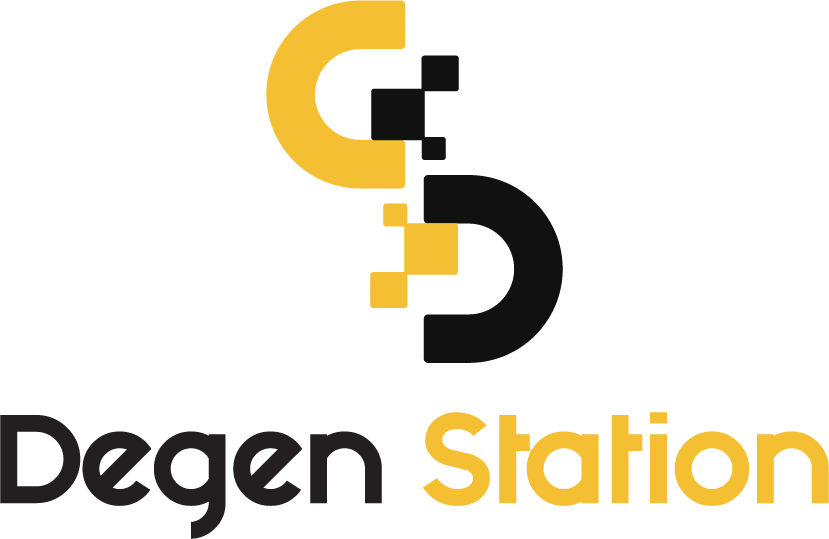Is the Interest Rate on Stablecoins on DeFi Platforms Currently Reasonable?

When the market explodes back to life, with trading activities more vibrant than ever, the fluctuations in cryptocurrency prices become readily noticeable. However, in recent days, the Twitter community has been abuzz about stablecoins and their current interest rates. In today's article, let's delve into some key notes and highlights on this topic, folks!

Are Stablecoin Interest Rates on DeFi Platforms Reasonable?
Stablecoin Interest Rates on DeFi Platforms
First off, let's take a look at some notable figures from the past week concerning stablecoins, folks!
Despite some discrepancies and confusion between APR (Annual Percentage Rate) and APY (Annual Percentage Yield), the approximate 40% interest rate for collateralizing cryptocurrencies and borrowing stablecoins on Curve Finance is quite noteworthy.
APY vs APR pic.twitter.com/WO22WNQIOb
— crv.mktcap.eth (@CurveCap) March 11, 2024
At times, this platform has even recorded borrowing rates as high as 90%. They even tweeted to caution their users about borrowing on Curve Finance.
Sers, please double-check if you want to keep nearly 100% APR for that degen long pic.twitter.com/IqPsbuDVFb
— Curve Finance (@CurveFinance) March 11, 2024
Another veteran lending platform, Compound, has encountered similar situations for the USDC market. At times, this stablecoin has faced liquidity shortages affecting asset withdrawals for depositors.
USDC market on Compound v3 is 99.82% utilized and only has $5M in liquidity, and offers 30% APR
— Mustafa Al-Bassam (@musalbas) March 11, 2024
Will we see failed withdrawals soon? pic.twitter.com/jUTF8uxYRA
For CEX markets and those harder to track, USDT rates typically hover above 20%, while USDC rates have been around 15% in the past week—a period when the market was euphoric due to Bitcoin reaching new ATH.
What are the Causes?
Firstly, it's easy to deduce that with the market growth returning, the demand for borrowing stablecoins to leverage positions during this uptrend is higher than usual, thereby driving up borrowing rates.
Furthermore, we see the emergence of new models in the DeFi market. One of the closest is Ethena, which boasts superior interest rates thanks to its Delta Neutral model.
Another infrastructure model, albeit less closely related, but still attracting capital inflows, is Staking and Restaking. I'll briefly summarize the second reason as being due to these new models generating new trading demand.
The third reason is a conspiracy theory I personally propose (subject to adjustments with more detailed information). I believe that due to operational differences between traditional and crypto markets, funds from ETFs will find it difficult to move on-chain in a systematic manner: cash -> stablecoin -> Bitcoin. Instead, Prime Broker units (responsible for accumulating Bitcoin for ETFs) will have to utilize stablecoin borrowing tools (even derivatives) to make the accumulation process less volatile and cost-effective.
Is This Figure Normal?
Before delving into this part, let me also note that this is the author's personal viewpoint. Therefore, the entire content should not be considered investment advice. Hence, I hope you will read this section as a reference viewpoint.
Funding Rate

Firstly, let's briefly discuss another metric (not interest rate) that somewhat reflects the market sentiment—Funding Rate. It's easy to see that despite hitting new price records, the current period's Funding Rate is still not as high as it was in March-April 2021.
As mentioned earlier, stablecoin interest rates are rising sharply, partly due to leveraging activities. However, what we can "temporarily" infer here is that these leverage activities are mostly coming from spot markets, from activities in various ecosystems. These activities contribute more to market price increases than the effects of derivative products (based on the comparison of the Funding Rate above).
Therefore, based on this reasoning, I personally believe that the current interest rates are high but have not yet approached significant risk levels. I see this as a consequence of a renewed growth phase in the cryptocurrency market.
So, when will liquidity risk grow larger, and has the market forgotten the "liquidity crisis" pain from the past 6 months to 1 year?
Market Capitalization
We'll continue with the second idea, which revolves around stablecoin market capitalization. The question I pose for this section is:
If Tether's interest rates on platforms are approximately above 20%;
Far exceeding government bonds (approximately 5%);
While Tether's collateral assets are approximately 76% secured by government bonds;
So why hasn't money from traditional markets flowed in to take advantage of this yield differential, thereby reducing stablecoin interest rates to more reasonable levels?
This question, to be honest, I haven't answered myself yet. But perhaps partly due to the traditional market's caution about stablecoin risks, they may feel that this differential isn't quite compelling enough.
But I will actively monitor the supply of stablecoins in the coming time to see if money from the traditional market helps expand stablecoin supply.
As of now, we still see a steady expansion of stablecoin supplies, even reaching approximately USD 148 billion.
If stablecoin interest rates continue to remain high while supply does not continuously expand, the pressure on current market players will increase, leading to negative impacts on market liquidity.
Relationship with Other Market Segments
The third point I want to address relates to other market segments rather than stablecoins. It's about the hot narratives currently on the market, such as Restaking, Airdrop, or even ETFs. If these narratives cool down without a new story to replace them, it will have an impact on the interest rates of current popular stablecoins.
This can be easily explained because various financial pieces are always linked together in some way. Restaking is related to derivatives and leverage markets. Ethena depends heavily on yield from funding to create attraction. Meanwhile, MakerDAO - DAI is adjusting to keep up with new models. And if MakerDAO changes its product model, stablecoins like USDC or USDT will also be affected to some extent.
Therefore, this section will not be a prediction, but it leans more towards a detail to monitor more closely. If fundamentally less attractive stories gradually lose attention, stablecoin interest rates at current high levels may indicate a problem.
Conclusion
These are some personal insights I've gathered in recent weeks. I hope they'll be somewhat useful to you and help provide a perspective for making decisions as individuals.
And as I mentioned earlier, this is just a personal perspective and should not be seen as investment advice.





